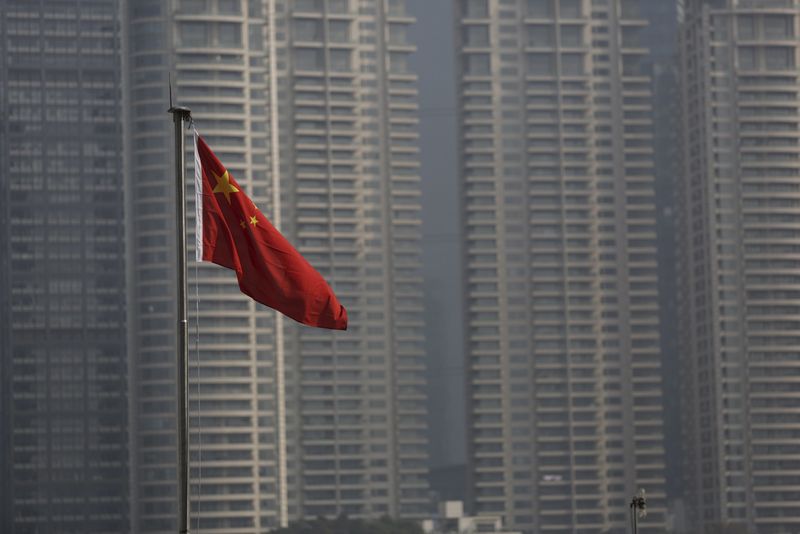This post was originally published on this site
https://i-invdn-com.investing.com/news/LYNXNPEC110N0_M.jpg
Hong Kong-listed Country Garden Holdings Company Ltd (HK:2007), Poly Property Group Co Ltd (HK:0119) and Guangzhou R&F Properties Co Ltd (HK:2777) lost between 2% and 5% by the midday break, while Sunac China Holdings Ltd (HK:1918) was the worst performer among its peers, down over 12% to near 12-year lows.
KWG Property (HK:1813) fell 7.6%, while among Shanghai-listed stocks, China Vanke Co Ltd (SZ:000002) shed 1.1%.
The broader Chinese bluechip Shanghai Shenzhen CSI 300 index rose 0.4%, while Hong Kong’s Hang Seng was flat.
Goldman Sachs said in a note on Sunday that China’s property market is set for an L-shaped recovery, which is expected to further stymie a broader economic rebound in the country.
Analysts said that Beijing was determined not to use real estate as a short-term stimulus measure, and was instead seeking to cut the economy’s reliance on the sector. The property sector accounted for roughly a quarter of China’s overall gross domestic product, as of 2021.
The Chinese economy is also expected to slow amid “falling demographic demand, a shift in policy focus to support strategically important sectors, and weaker housing affordability,” Goldman Sachs analysts wrote in a note.
China’s property sector has weakened over the past three years amid tighter regulations on funding and a COVID-induced lull in development. This spurred several prolific defaults in the sector, as developers struggled to meet debt obligations amid dwindling cash flow.
While the government eased some curbs on the sector this year, likely in a bid to improve growth, the property sector has faced renewed weakness in recent months, as home sales slowed after an initial rebound.
Goldman Sachs said that while the government is likely to roll out some more measures to support the sector, aimed primarily at home buyers, it appears unlikely that Beijing will “engineer an up-cycle” as seen with direct measures over the past decade.

